Artemis 1, ispace lander set November launch dates
Original Publication Date: 2022-10-13 10:11
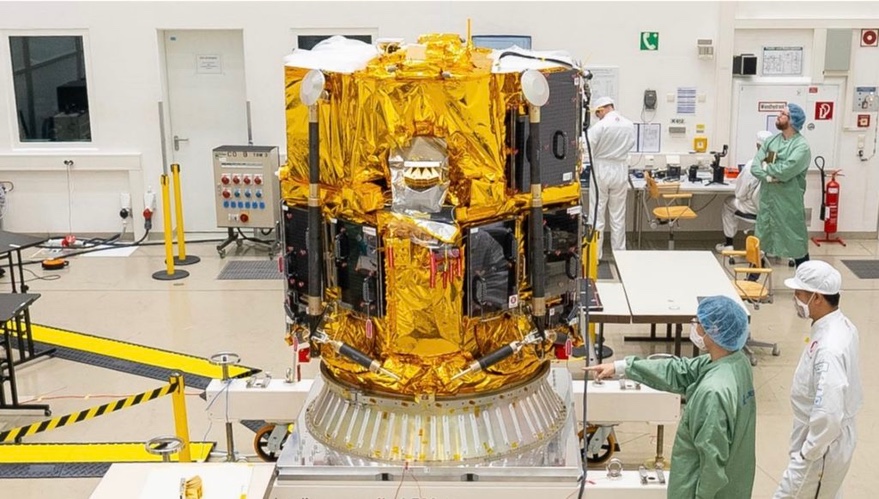
NASA's Artemis 1 mission and a Japanese lander are set to launch to the moon in November. The launch of the Artemis 1 mission is scheduled for Nov. 14 from the Kennedy Space Center. Japanese company ispace announced Oct. 12 that it plans to launch its first HAKUTO-R lander.
China launches radar satellite for environmental monitoring
Original Publication Date: 2022-10-13 09:59
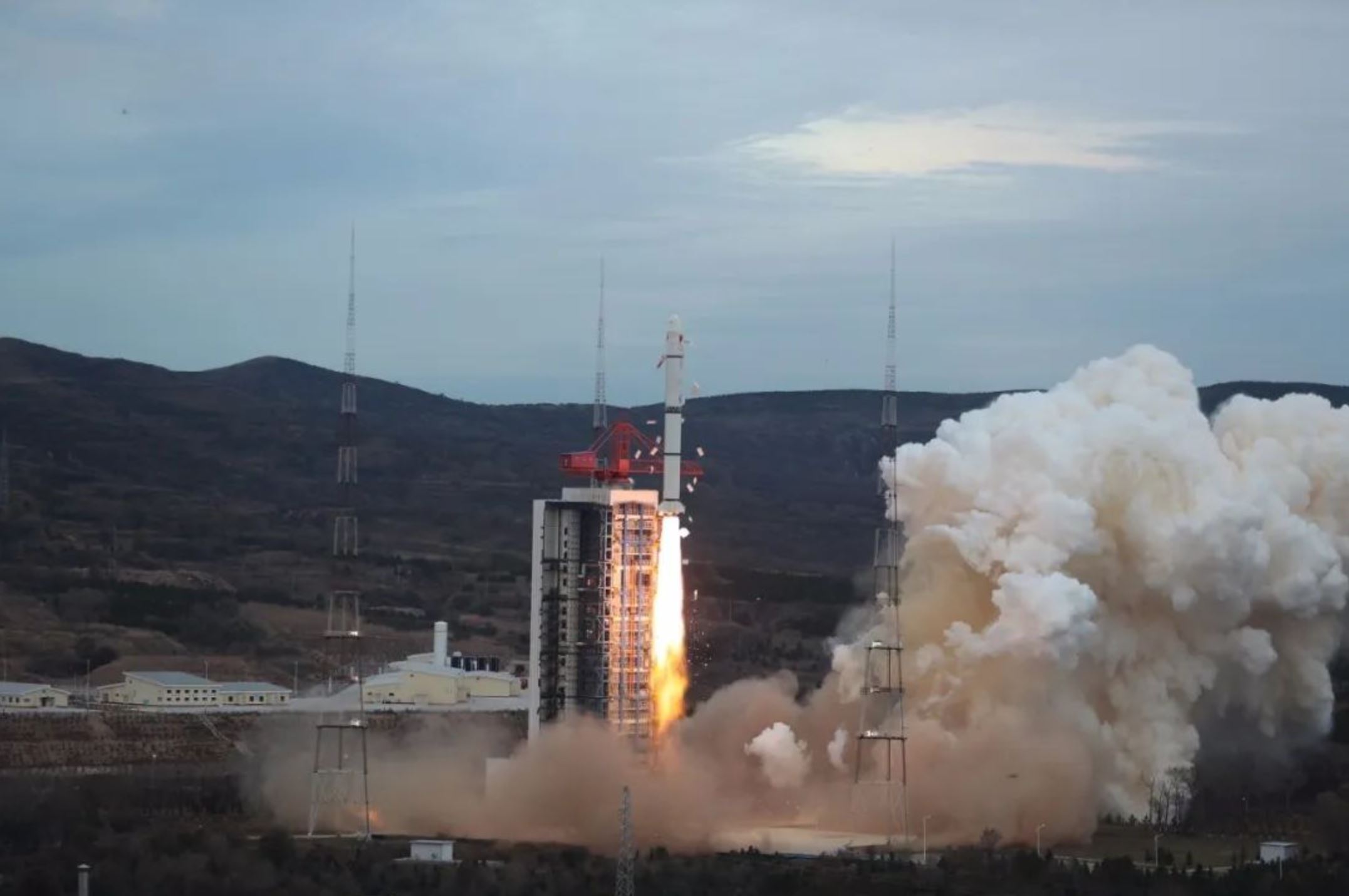
Mission follows separate launches of the ASO-S solar observatory and a pair of navigation enhancement satellites days earlier. Aboard was the S-band S-SAR01 satellite, also named as Huanjing-2E, adding to a series of satellites for environmental monitoring. Its main users will be the Ministry of Emergency Management and the Ministry of Ecology and Environment.
Dennis Tito and wife to be on second Starship flight around the moon
Original Publication Date: 2022-10-13 00:07
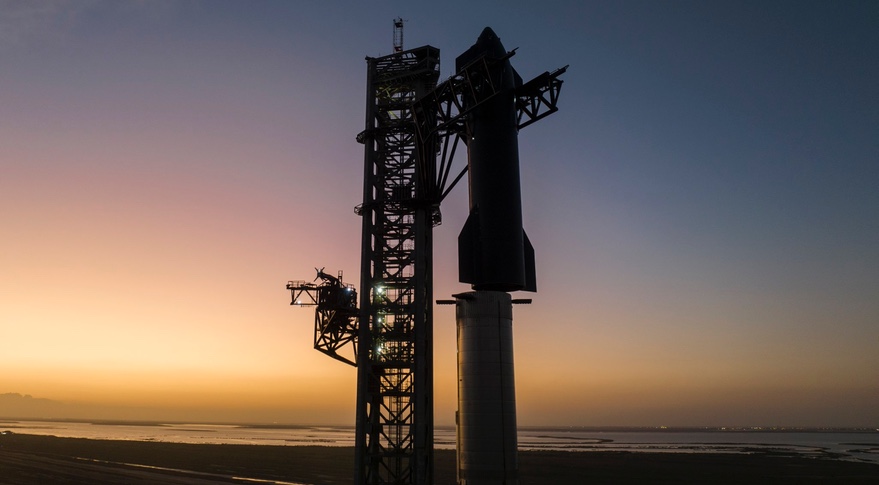
Dennis and Akiko Tito are the first of as many as 12 people who will go on that mission. They will be two of up to 12 people on the flight, with SpaceX actively working to sell the other seats. The entire mission would take about a week, including three days each way to the moon and back.
Finding balance within the space ecosystem: Q&A with JPL Director Laurie Leshin
Original Publication Date: 2022-10-13 00:06
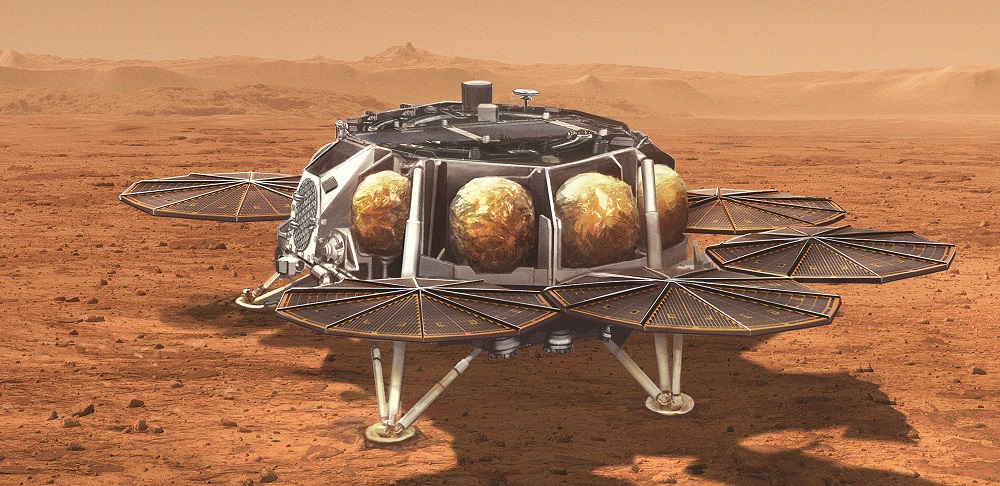
Laurie Leshin is the first woman to serve as JPL director. Leshin is a well-known geochemist and space scientist. She sees opportunities to leverage JPL’s leadership in robotic space exploration. Leshin spoke with SpaceNews about what she envisions in coming years.
Dennis Tito, first space tourist, books trip around the moon on SpaceX’s Starship – Spaceflight Now
Original Publication Date: 2022-10-12 00:00

Dennis Tito, 82, paid Russia $20 million for a trip to the International Space Station in 2001. He and his wife of two years want to fly on Elon Musk’s futuristic Starship. “We will be literally out of this world,” Tito says.
NASASpaceFlight.com
The SSLV or Small Satellite Launch Vehicle conducted its launch debut from Sriharikota, India on Sunday, August 7 at 03:48 UTC. An issue with the fourth stage resulted in the satellites being deployed in an unusable orbit. The SSLV program’s genesis was a December 2015 National Institute of Advanced Studies proposal to create a “Small Satellite Launch Vehicle-1”
Commercial Archives
SpaceX launches Intelsat's Galaxy 33 (G-33) and Galaxy 34 (G-34) satellites. The launch came after scrubbing two previous attempts due to a helium issue. The launch took place from Space Launch Complex 40 (SLC-40) at Cape Canaveral Space Force Station.
International Archives
Russia launched Angosat-2 atop a Proton-M rocket from the Baikonur Cosmodrome in Kazakhstan on Oct. 12. The 118th launch of Proton-M took place from Site 81/24 in Baikonur. It marks the first launch for the Proton-MRocket for 2022.
Chinese Long March 3B Launches APStar-6C Communications Satellite – Spaceflight101

China launches rare commercial rocket with APStar-6C communications satellite. Long March 3B lifted off from Xichang Satellite Launch Center at 16:06 UTC on a mission of under half an hour to lift the spacecraft into an elliptical Geostationary Transfer Orbit. Confirmation of launch success was provided by APT Satellite around 40 minutes after liftoff.
Blue Origin’s New Shepard Reaches new Heights in latest Test Flight – Spaceflight101

Blue Origin's reusable New Shepard launch system reached new heights in a test designed to expand the vehicle’s operational envelope by sending it to a peak altitude of 107 Kilometers. Sunday’s flight marked the second for this particular set of hardware, following up on the successful December 2017 mission that debuted “Crew Capsule 2.0”
ISS Updates – Spaceflight101 – International Space Station

A veteran NASA spacewalker and an EVA rookie from Japan ended their week with nearly six hours of work outside the International Space Station. The restoration of the Station’s Mobile Servicing System started last year and continued in January to provide Canadarm2 with a new pair of grappling hands.
Featured – Spaceflight101

A SpaceX Falcon 9 took to the skies over Florida’s Cape Canaveral Monday afternoon. The Falcon 9 lifted a flight-proven Dragon spacecraft into orbit for a critical delivery of science gear, supplies and maintenance hardware to the International Space Station. It was the first of at least six cargo ships inbound to the U.S. Segment of ISS this year.
News – Spaceflight101

Russia's Rockot booster is set to blast off from the Plesetsk Cosmodrome at 17:57 UTC with the Sentinel-3B multi-function satellite. The rocket will carry a Russian Rockot booster with a Sentinel-3Bmulti-function satellite.
Re-Entry: Long March 11 Rocket Body – Spaceflight101

The CZ-11 fourth stage used leftover propellant for a partial de-orbit maneuver, lowering its perigee to 120 Kilometers. It is reportedly built around a YF-50 main engine and in a nominal mission conducts the orbital circularization after the three CZ-11 stages finish their job.
Star Duo Forms ‘Fingerprint’ in Space, NASA’s Webb Finds
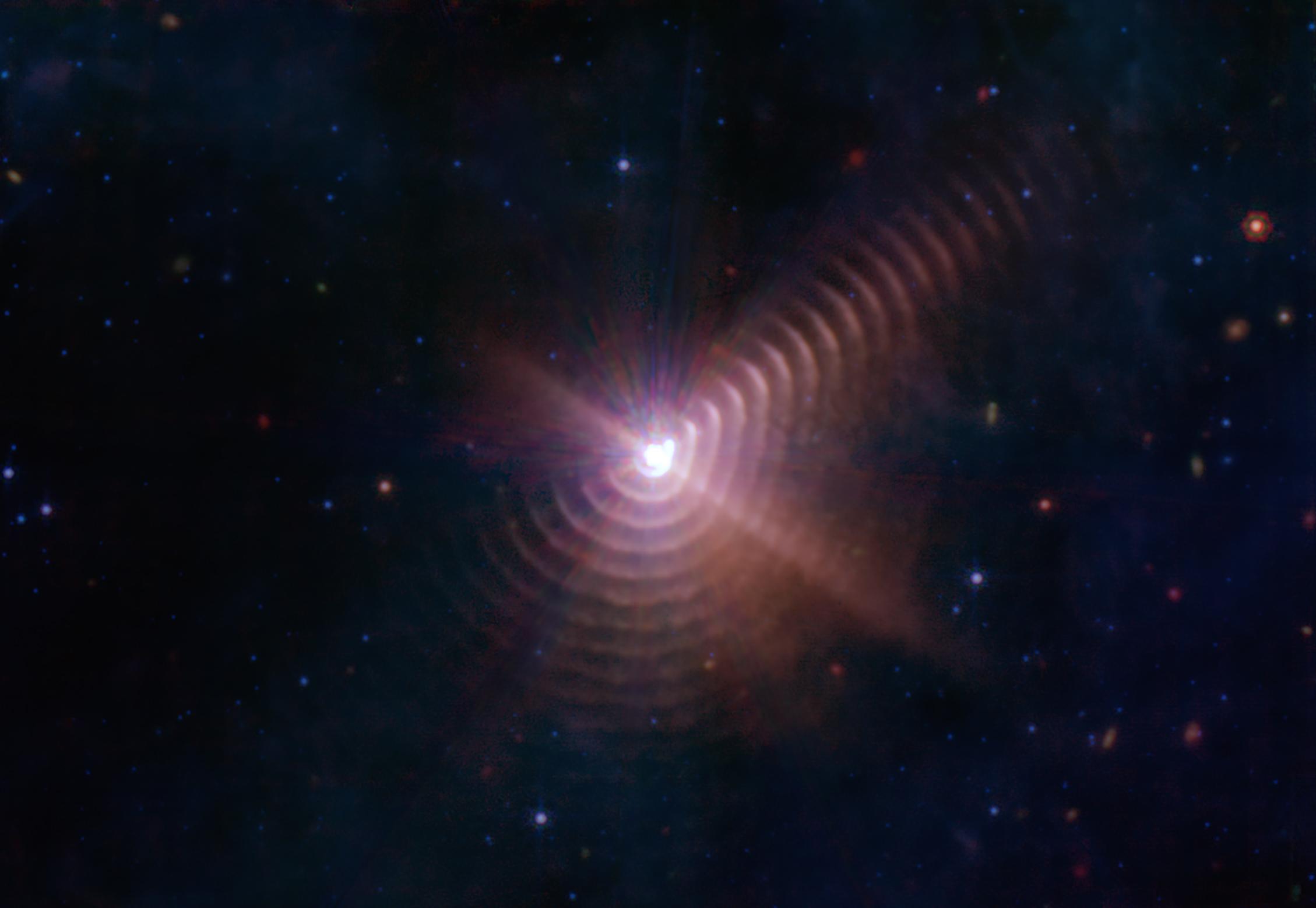
Wolf-Rayet stars may have played a role in star and planet formation. When a Wolf-Rayet star clears an area, the swept-up material can pile up at the outskirts and become dense enough for new stars to form. There is some evidence the Sun formed in such a scenario.
NASA’s Mars Mission Shields Up for Tests

Micrometeorites are a potential hazard for any space mission, including NASA’s Mars Sample Return. The lab uses two-stage light gas guns to accelerate objects to speeds that simulate micrometeorite and orbital debris impacts on spacecraft shielding. Engineers spent three days preparing for a one-second experiment.
NASA Dust Detective Delivers First Maps From Space for Climate Science

EMIT traces its roots to imaging spectrometer technology that NASA’s Airborne Imaging Spectrometer (AIS) first demonstrated in 1982. EMIT’s data also will be freely available for a wide range of investigations, including, for example, the search for strategically important minerals such as lithium and rare-earth elements.
NASA Study Suggests Shallow Lakes in Europa’s Icy Crust Could Erupt

NASA is sending the Europa Clipper spacecraft to Jupiter’s moon Europa in 2024. There is strong evidence that under a thick crust of ice, the moon harbors a global ocean that could potentially be habitable. The spacecraft will orbit Jupiter and use its suite of sophisticated instruments to gather science data.
NASA’s S-MODE Field Campaign Deploys to the Pacific Ocean
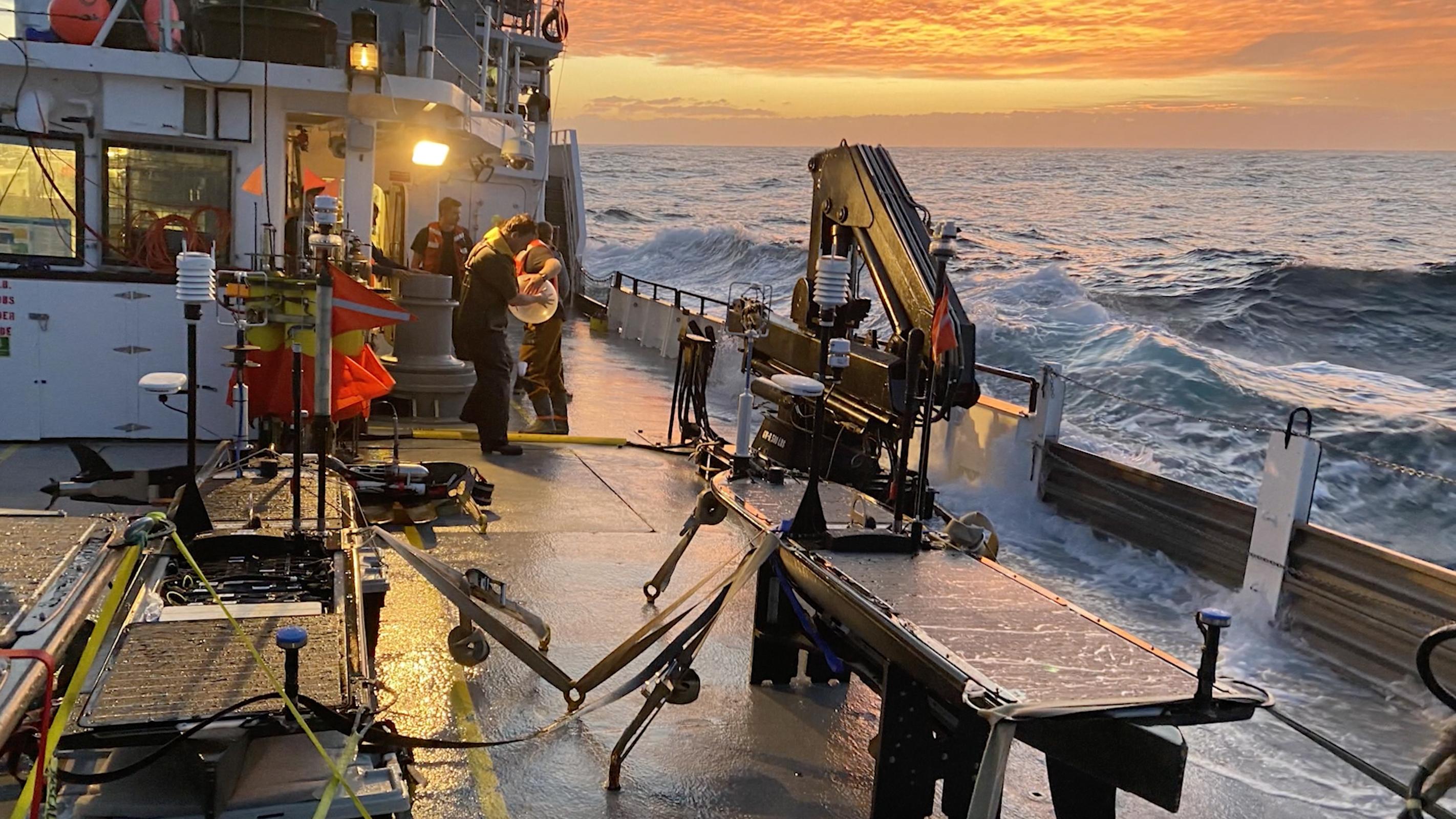
NASA's S-MODE instrument can simultaneously map surface currents and winds. The team relies on state-of-the-art weather forecasting to identify rough, windy conditions. Aboard another aircraft is an instrument that can image microscopic marine life in billions of colors. The data will complement another NASA mission launching later this year.
JPL’s Venus Aerial Robotic Balloon Prototype Aces Test Flights

A balloon could be used to explore Venus. The balloon would be 40 feet (12 meters) in diameter. A Venus orbiter would remain far above the atmosphere, taking science measurements and serving as a communication relay. To test this concept, a team of scientists and engineers recently carried out two successful flights of a prototype balloon.
NASA’s InSight Waits Out Dust Storm

NASA's InSight lander saw a recent drop in power generated by its solar panels as a continent-size dust storm swirls over Mars’ southern hemisphere. With less sunlight reaching the lander’s panels, its energy fell from 425 watt-hours per Martian day, or sol, to just 275 watt-hours per sol. To conserve energy, the mission will turn off InSight’s seismometer for the next two weeks.
